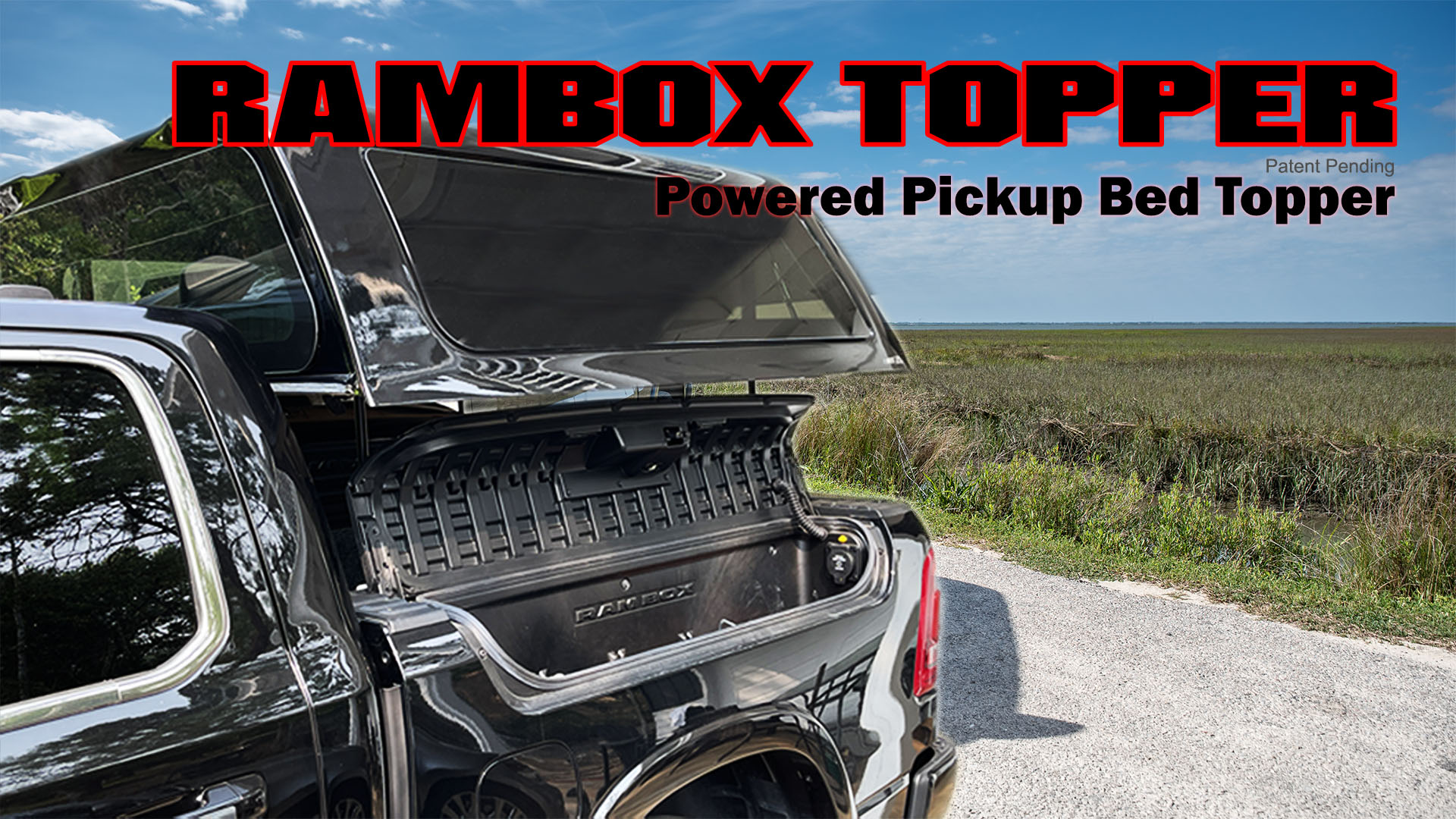The older additives, for example Marvel Mystery Oil and Sea Foam do nothing. The solvents in them are weak, added in minuscule amounts, and being volatile flash off from the oil as soon as the engine gets hot.
Marvel Mystery oil is a 1923 mixture that according to the manufacturer contains mineral oil and tiny (less than 1%) amounts of diclorobenzene and tricresyl phosphate, i.e., it’s mineral oil. An NTSB (National Transportation Safety Board) analysis found that it contained 74% mineral oil, 25% white spirits (an extremely weak solvent), and 1% lard. Lard?!
Sea Foam amusingly uses the marketing slogan “Not A Chemical!” (Guess they do not employ chemists or anyone with an education.) Sea Foam is a crude mixture of 60% kerosene, 25% naptha (a weak solvent previously used for dry cleaning), and 15% isopropyl alcohol. What you pour into your engine is essentially lamp oil mixed with dry cleaning solvent and rubbing alcohol. The two volatile solvents flash off and you are left with some kerosene in your engine diluting your Mobil-1.
OK, these and all other of the older motor treatments cannot possibly do any good. But, at least if used in small quantities, they cannot do much harm either.
...
All engine oil additive companies spend a great deal of money on marketing. For most (all?) of these companies their marketing budget far exceeds their R&D budget. Slick-50 claimed in its advertising that its PTFE formulation would coat the moving metal parts in a car’s engine and reduce wear and extend the engine’s lifetime.
From a knowledgeable Quora post.
Ceramic has taken over from tactical and mil-spec as the new go to advertising term. It is supposedly great in polishes, waxes, and now engine oil? Ceramic is essentially glass, it makes a great stove top but I would not put it in my engine.











